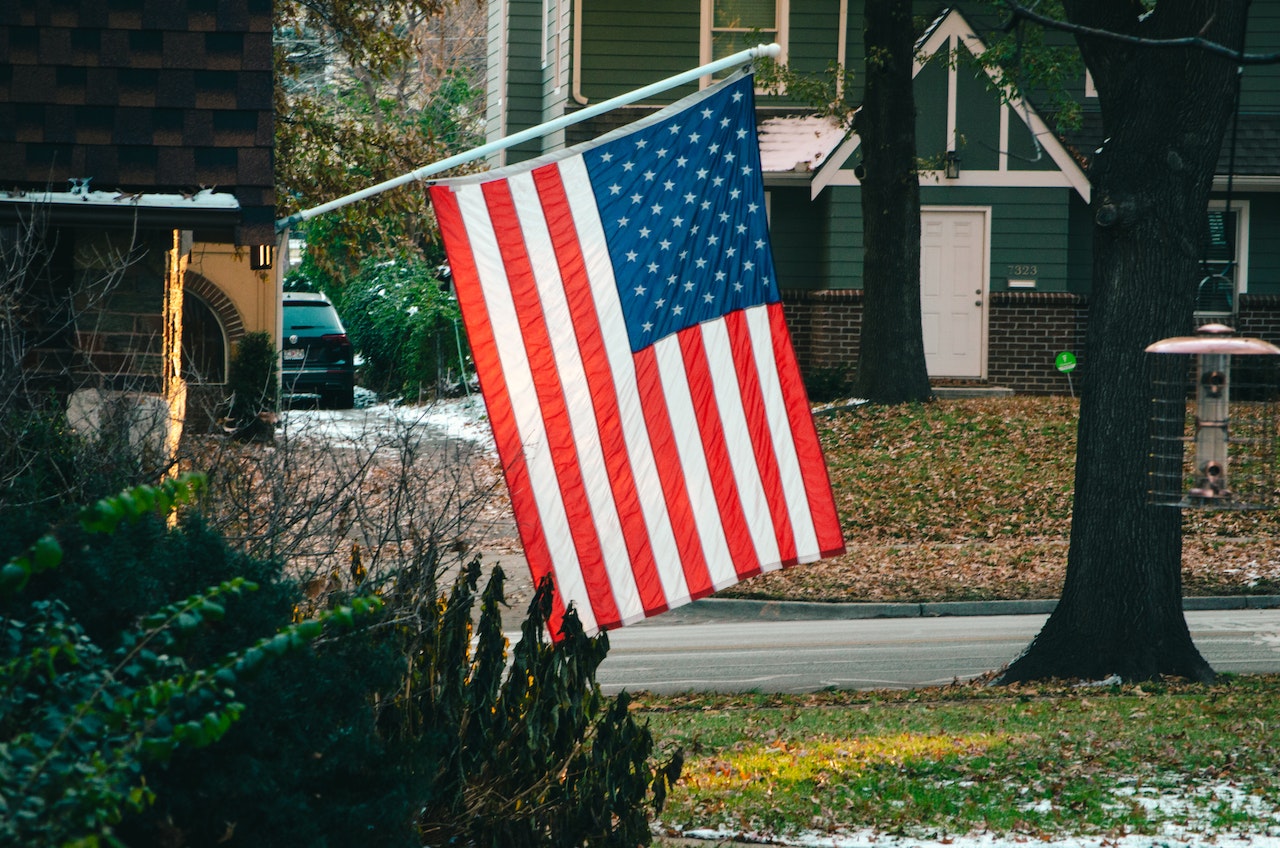Comments
- No comments found

Here is a key question: In a democracy, what is more important, employing the latest sophisticated electronic equipment which does not provide a paper trail, or having an accurate vote count where both sides can agree on the actual votes for each candidate?
As founder of the Voter Integrity Project of North Carolina, Retired Col. Jay DeLancy examines voter rolls and seeks out voting improprieties, to find any instances where a vote could have been improperly cast or counted. DeLancy believes ensuring that every vote proper outweighs all other considerations, including ensuring that every individual finds it convenient to vote.
“Only by having a paper trail can the losing side recognize that they did not receive enough votes for their candidate,” says DeLancy. “Thus, they don’t have to be unduly upset that somehow the election was stolen. They don’t need to protest. Considering the current climate in the U.S., where, in every other election, the losing side feels as if their candidate was robbed, how can anything less than a paper trail be sufficient?”
When even the losing candidate can agree that it was a fair fight, DeLancy observes, we strengthen and solidify our constitutional republic and our long-standing experiment in people ruling – democracy. Paper trails support that.
Conversely, “employing the latest and greatest electronic equipment that counts votes at hyper speed, on the front end might increase voter participation,” he notes. “On the back end, which lingers far in the future, e-counting diminishes voter confidence.”
DeLancy notes that voter integrity measures around the world are worth emulating or, at the least, worth examining. In Japan, for example, one month before elections citizens receive a tax document that establishes their residence at that address. Delancy notes, “Without exception, if you lose that document you do not get to vote!”
In the U.S., Japan’s simple and effective system would instantly be attacked by the Left as ‘voter suppression.’ DeLancy says, “You can run through all the scenarios the Left would generate, reflexively. ‘What if I don’t pay any taxes?’ ‘What if I’m homeless?’ ‘What if I don’t receive the document?'” How dare the government establish that the people who claim to live at a particular address actually do! How dare the government require that citizens maintain this document.
In Mexico, each precinct keeps voting procedures simple and inexpensive. “By law, no precinct can be more than a mile away from the voters who will patronize it,” he says. “Most people can walk a mile in 20 minutes. A single town could have several dozen precincts. States could have thousands of precincts.”
What if the number of voting precincts in Mexico is enormous? “It’s all decentralized and based on a paper trail,” DeLancy assures. “Consider all the squabbles and protests that fall by the wayside when every voter resides within a mile of the voting precinct. You can ride in an ox cart ride for a mile or less! All that blather we hear about the elderly and various minorities not being able to make their way to the precinct disappears.”
A taxi won’t cost much for one mile. Uber and Lyft ride services cost even less. For one mile or less, you could bike it, or you could hop on a motorized scooter.
In Australia, with a population of 25.4 million people, votes are handled solely by paper. There are no electronic voting machines. In the U.S., by contrast, why are we slaves to the immediacy of the now, which dictates that because electronic voting machines exist, by golly, we have to use them!
The simple key to paper trail voting is to keep it decentralized. Every voting district, precinct, town, county, and state, leading up to a national presidential election, maintains a paper trail and upholds the integrity of its own jurisdiction.
High-speed counting machines cost $25,000 to $500,000 or more. To open a new precinct with an adequate number of voting machines might require $3 to $4 million. If such precincts employed only a simple scanning device, to read paper ballots, counties could open up a new precinct every week.
The expenses for each jurisdiction would be so low by comparison to electronic voting machines that, like Mexico, you could ensure that their precincts were nearer and nearer to the voting populace.
Jeff Davidson is "The Work-Life Balance Expert®" and the premier thought leader on work-life balance, integration, and harmony. Jeff speaks to organizations that seek to enhance their overall productivity by improving the effectiveness of their people. He is the author of Breathing Space, Simpler Living, Dial it Down, and Everyday Project Management. Visit www.BreathingSpace.com
Leave your comments
Post comment as a guest